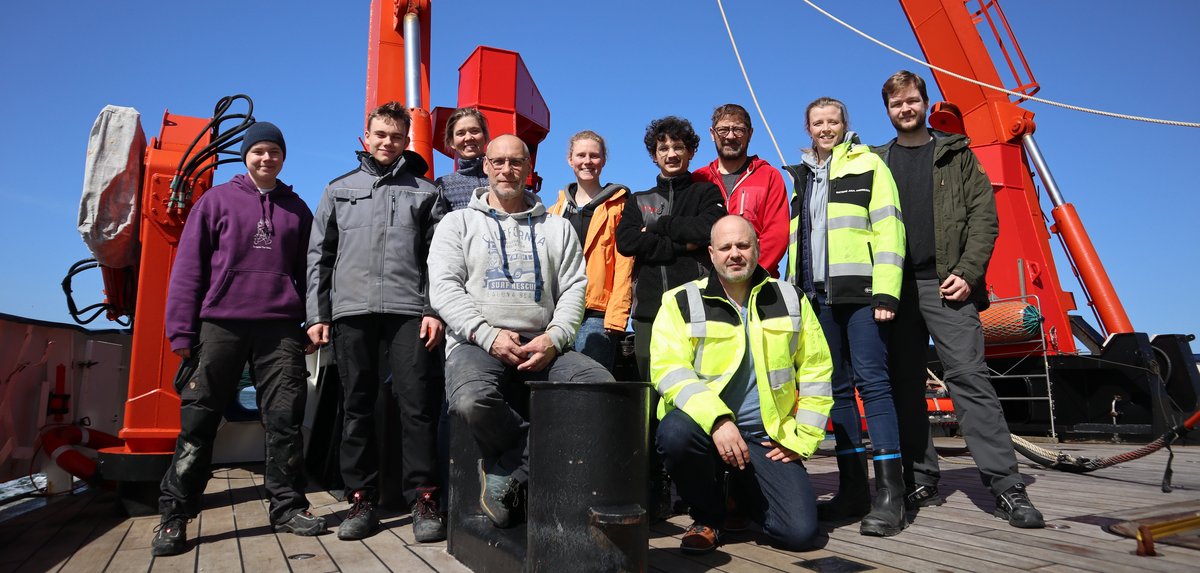Cruise report Heincke637 Expedition
Cruise report He637
Investigation of Palaeolandscapes and Archaeological Potential in Critical Topographic Zones Within the Eastern Sector of the North Sea, Cruise No. HE637, April 3 - April 23, 2024, Bremerhaven (Germany) - Bremerhaven (Germany)
Authors: Daniel A. Hepp, Katrine Juul Andresen, Svea Mahlstedt
The HE637 expedition with the research vessel HEINCKE took place as part of the international synergy project ‘SUBNORDICA’ funded by the European Research Council (ERC). The SUBNORDICA project is concerned with researching the post-glacial submerged landscape of the North Sea and Baltic Sea, the so-called Doggerland. Traces and settlement sites of Stone Age people should provide information about the development and diversity of the cultures of the time and allow a precise view of how people adapted to rising sea levels. The aim of the RV HEINCKE expedition was the geophysical survey and sedimentological sampling of the seafloor in a landscape area east of the Elbe Paleovalley (EPV) off the Danish coast. The working area was chosen to include different landscape zones with potential settlement sites: (i) an estuary of the EPV with several rivers, (ii) a presumed wetland near a branch of the EPV whose terrestrial facies are to be investigated, (iii) a presumed seascape between the EPV and another branch and (iv) the stratigraphic and morphological investigation of a paleo-coastal environment, which among other things offers the possibility of obtaining important sea-level index points. Due to unexpected adverse weather conditions and the loss of the vibrocorer on the second sampling day, the sedimentological programme had to be aborted prematurely and therefore yielded few findings. In contrast, the geophysical surveying programme was more successful than expected, not the least due to the additional cruise time: the existing data set was considerably increased and supplemented, resulting in a much more detailed picture of the previously known area of the two branches of the EPV with its tributaries. However, the results of the present geophysical survey and the few soil samples analysed so far show the urgent need to obtain further soil samples on future expeditions.
Read the publication here
